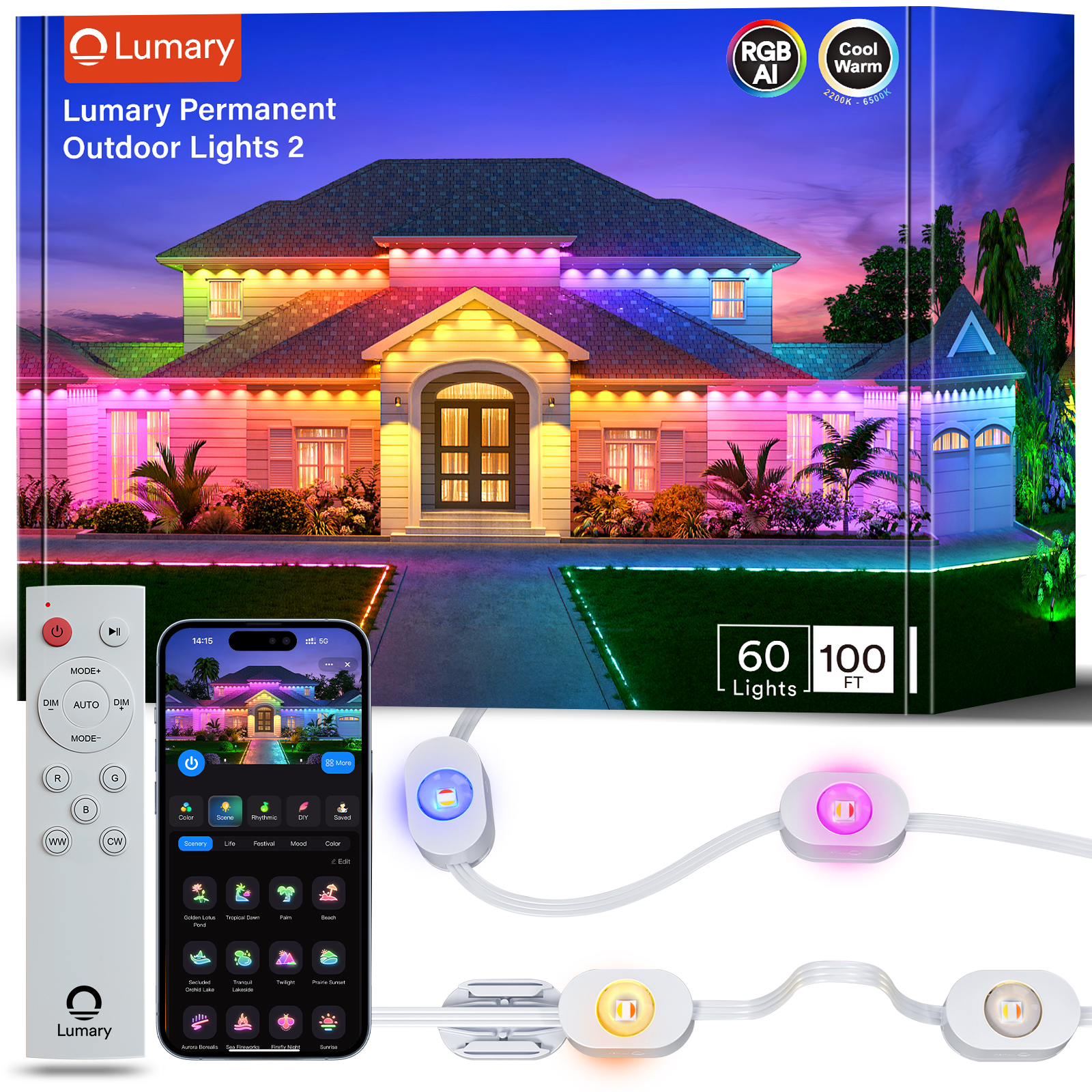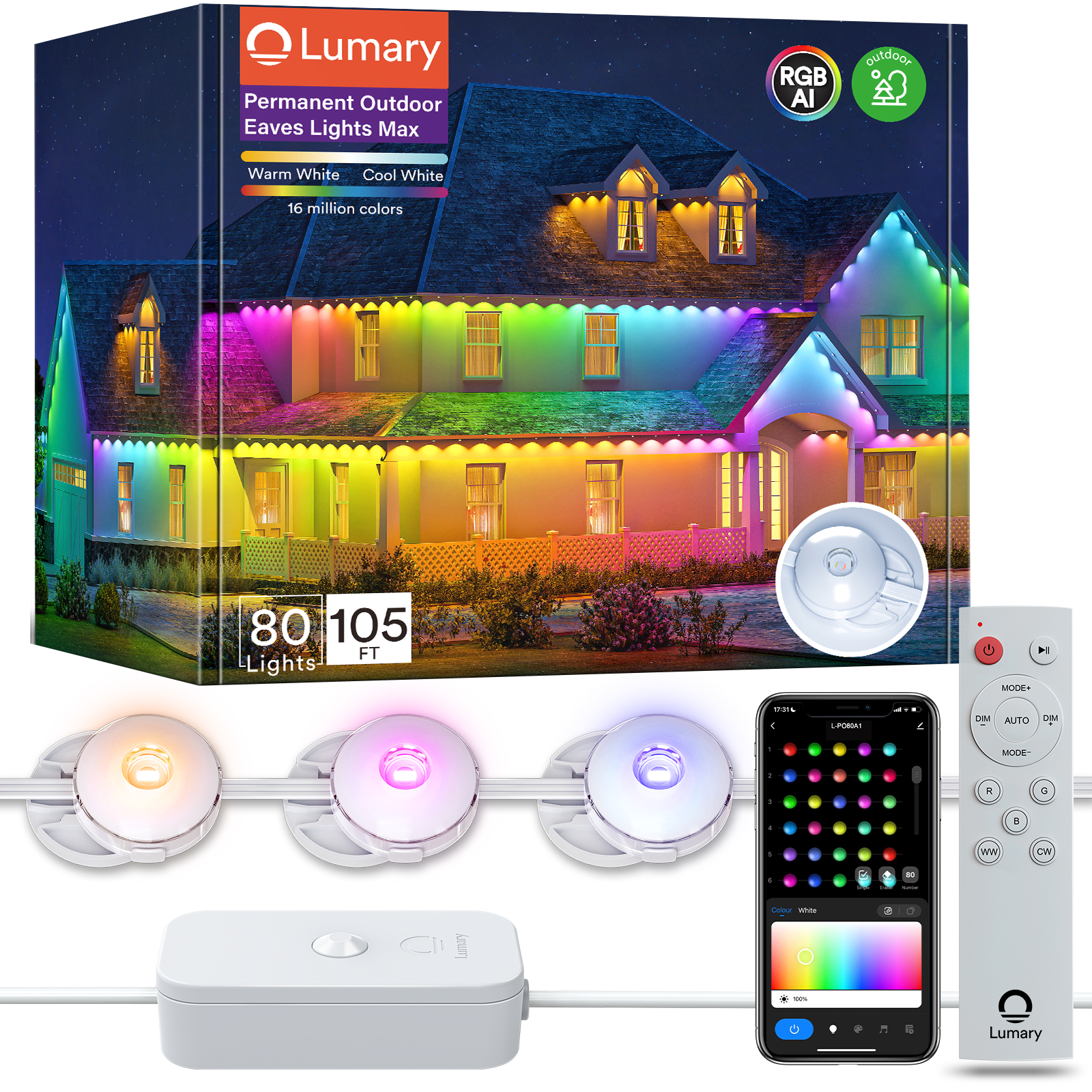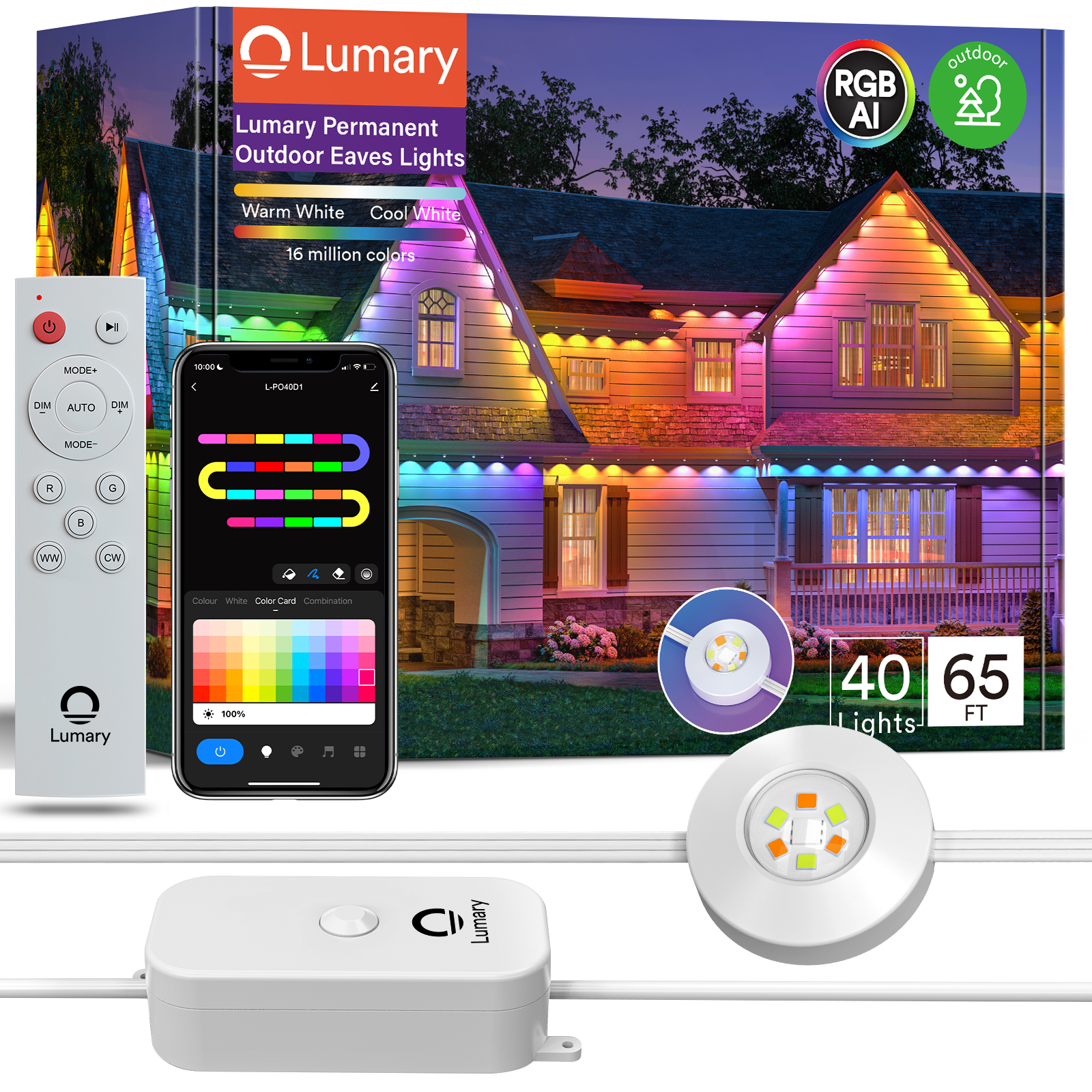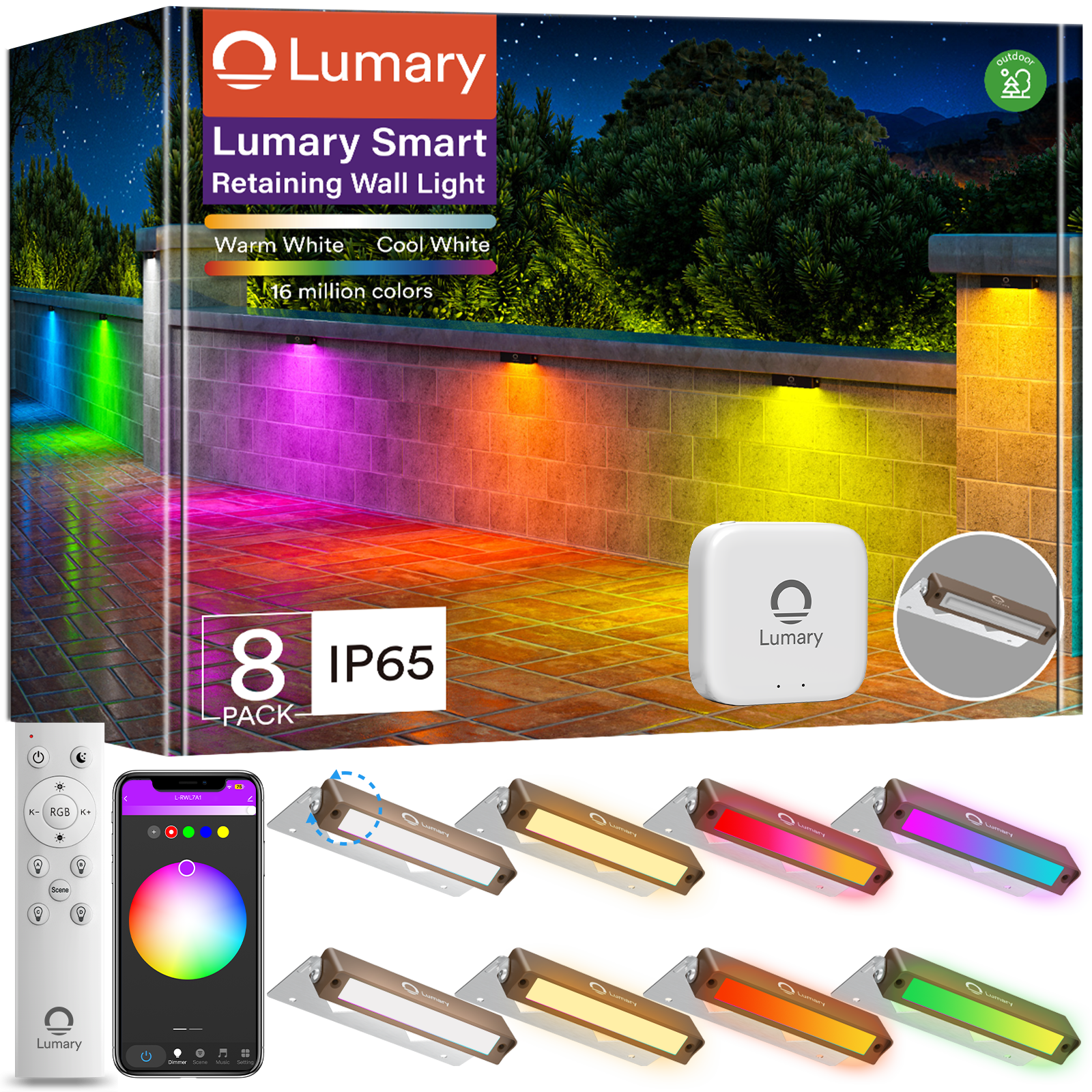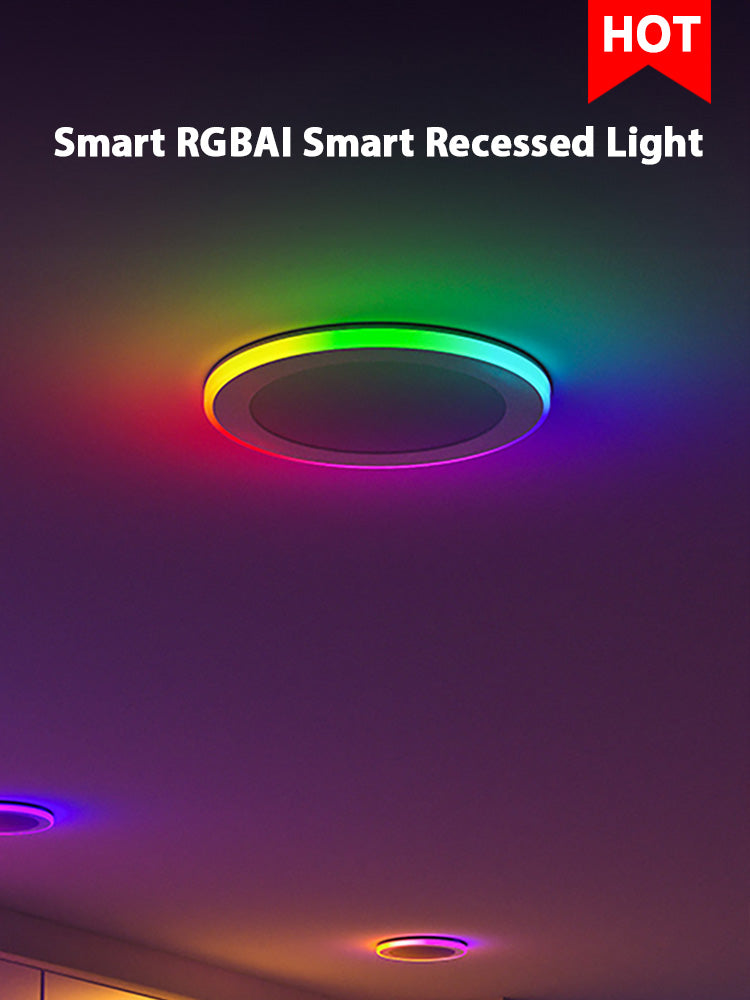Want to make your space feel cosy? You can easily change the feel of your space with a simple hack—try CTO gels, built-in switches, or safe DIY tricks to give your light a warm tone. Warm light, found between 2700K and 3500K, gives off a soft yellowish glow that feels inviting and warm. Here’s a quick look:
|
Light Type |
Color Temperature Range (Kelvin) |
Visual Characteristics |
|---|---|---|
|
Warm White |
2700K - 3500K |
Yellowish, cosy, inviting |
|
Cool White |
Above 4600K |
Bright, bluish-white, cold |
You’ll see how easy it is to turn harsh cool light into a warm, inviting glow at home.

Key Takeaways
-
Use heat-resistant CTO gels or built-in switches. You can change cool LED lights to warm tones. You do not need to buy new bulbs. Warm light feels cozy.
-
Pick safe materials like acrylic diffusers. Do not cover lights with thick fabrics. This stops overheating. It helps bulbs last longer.
-
Test your lighting setup before you finish. Adjust gels or settings to get the right warm shade. Make sure each room feels good.
-
Choose reversible ways like tunable white or smart bulbs. You can change light warmth anytime. You do not need to make permanent changes.
-
Always put safety first. Turn off power before you touch lights. Use certified materials made for LED lighting.

Warm Light Materials
There are many ways to change cool lights to a warm glow at home. Let’s check out some safe and popular materials and methods you can use.
CTO Gels and Filters
CTO gels, called Color Temperature Orange gels, help change your light from cool to warm white. You put these thin sheets over your led bulbs or fixtures. CTO gels lower the color temperature. They turn daylight-balanced lights (about 5600K) into a warmer, tungsten-like glow (around 3200K). This makes your room feel soft and warm without changing the bulb. CTO gels are simple to use and don’t cost much. They do not make the color rendering index better, but they help your room look more inviting. You can also use color temperature straw gels for a softer warmth.
Tip: Never paint bulbs. Always use heat-resistant gels or filters made for led lighting.
Here’s a quick look at safety certifications and standards for these materials:
|
Certification/Standard |
Description |
Relevance to Light Color Temperature Modification |
|---|---|---|
|
UL 8750 |
Safety standard for LED equipment including electrical safety and thermal performance |
Makes sure LED parts and luminaires are safe and reliable, which is important when changing color temperature materials to avoid danger |
|
IEC 60598 |
International standard for luminaires |
Gives safety and performance rules for lighting fixtures, making sure they are safe and work well when you change color temperature |
|
ANSI Standards |
Electrical and mechanical standards for lighting components |
Sets rules for dimming and control devices that change color temperature |
|
IESNA LM-79 and LM-80 |
Photometric testing standards for LED light output and lumen maintenance |
Checks color rendering and lumen maintenance, which is needed to make sure color temperature stays good and steady |
|
FCC Certification |
Regulates radio frequency emissions for devices with wireless functions |
Needed for LED products with remote or wireless controls that might change color temperature settings |
|
CE Marking |
European conformity marking for product safety and performance |
Makes sure lighting products follow European safety and environmental rules |
|
RoHS Directive |
Restriction of hazardous substances in electrical products |
Makes sure LED lighting materials do not have dangerous substances, which helps keep color temperature changes safe for the environment |
Built-In Switches
Many new led bulbs have built-in switches. These let you change the color temperature with one click. You can pick warm white, soft white, cool white, or daylight. These switches make it easy to set the mood in your room. You do not need to change bulbs or add filters. You get more choices and can match the light to what you are doing.
-
Pick warm white (2700K–3000K) for a cosy feel or use daylight (up to 6500K) for work.
-
Built-in switches help keep the color the same in all your lights.
-
They cost a bit more and may take time to learn, but they save you work later.
Diffusion Materials
Diffusion materials make harsh led light softer and help spread warmth in your space. You can use frosted acrylic, silicone sheets, fabric, or special tubes. Frosted diffusers scatter the light, so there is less glare and fewer bright spots. Opal diffusers use milky white material to blend led diodes into a smooth, warm glow. Prismatic diffusers help control how the light spreads and keep it bright.
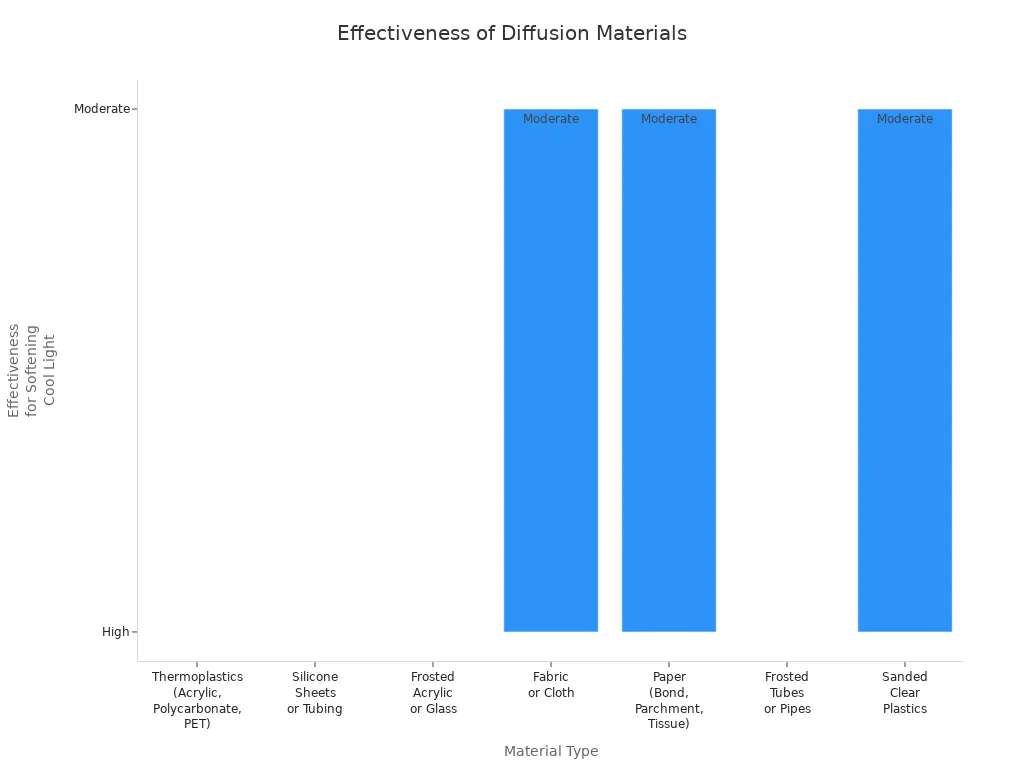
When you pick diffusion materials, always choose ones that can handle heat and humidity. Acrylic and polycarbonate are good for led lighting. Do not cover led strips with fabric or thick plastic that holds in heat. Use aluminum profiles with diffusers to manage heat safely. Make sure your materials meet safety standards like UL 1598 and RoHS so you can feel safe.
Note: Never put led lights in sealed boxes or tubes with no air flow. This can make them too hot and make them not last as long.

Warm Up LED Lights
Ready to try this hack at home? You can warm up LED lights in a few easy ways. Let’s walk through each method so you get the cozy, warm white glow you want.
Apply Gels or Filters
You can use CTO gels or color filters to change the colour temperature of your LED lights. Here’s a simple step-by-step guide:
-
Turn off the power and let the LED bulb cool down. Safety comes first.
-
Remove any modeling bulb or heat-sensitive part from the light source.
-
Cut the CTO gel to fit the size of your LED bulb or light head. Make sure it covers the area you want to warm up.
-
Place the gel over the light source. Use heat-resistant tape or a gel holder to keep it in place.
-
Want a deeper warm effect? Layer two sheets of the same CTO gel for a stronger shift in colour temperature.
-
If you have barn doors or magnetized frames, use them to hold the gels steady and prevent slipping.
-
Turn the light back on and check the color. If you want to fine-tune the warmth, try layering gels or mixing with other color correction gels.
-
For photography, adjust your camera’s white balance to match the new warm light. This helps keep colors natural.
Tip: Always use heat-resistant tape or holders. Painter’s tape works well for temporary setups, but check it often to make sure it stays secure.
Use Built-In Switches
Some LED bulbs come with built-in switches that let you change the colour temperature with just a click. Here’s how you can use this feature:
-
Find the switch on your LED bulb or fixture. It might be a small slider or button.
-
Choose the warm white setting (usually 2700K–3000K) for a cozy, inviting feel.
-
Test the light in your space. If you want a different mood, try the other settings until you find the perfect warmth.
-
You don’t need any extra tools or materials for this hack. It’s quick and easy.
Note: Built-in switches make it simple to match the colour temperature across all your lights. You can change the mood anytime without swapping bulbs.
Secure Materials Safely
When you use gels, filters, or diffusion materials, you need to keep everything safe and cool. Here are some best practices:
-
Always use materials made for LED lights. Look for heat-resistant gels, acrylic, or polycarbonate diffusers.
-
Avoid covering LED lights with thick fabric or plastic that traps heat. This can cause overheating.
-
Use aluminum profiles or holders to help spread heat away from the light source. Aluminum works well because it pulls heat away fast.
-
Check the maximum operating temperatures for your materials. For example:
Component
Recommended Max Temp
Notes
LED Chips
105°C
Higher temps can damage chips and shorten their life
Power Supplies
80°C
Best to keep below 60°C for longer life
Lamp Case/Ambient
50°C
Going above this can harm lamp parts
-
Test your modified LED lights before final installation. Use a color temperature meter or a smartphone app to check the new colour temperature. Compare your light to a known warm white source to see if you like the result.
-
Let the LED light warm up for a few minutes before testing. This gives you a true reading.
-
If you want to reverse the hack, just remove the gels or switch the setting back. This makes it easy to try different looks without any risk.
Safety Reminder: Never paint bulbs or use non-rated materials. Always turn off the power before handling lights. Keep all materials away from flammable items.
With these steps, you can warm up LED lights safely and get the perfect warm light for any room. Try different methods and see which hack works best for your space!

Warm Light Safety Tips
Avoid Overheating
You want your space to feel cozy, but safety comes first. Always check that any material you use with your led lights can handle heat. Look for labels like “heat-resistant” or “rated for led.” Never cover your lights with thick fabric or plastic that traps heat. This can make your led bulbs get too hot and wear out faster. If you use gels or filters, keep them a little distance from the bulb. Good airflow helps your lights stay cool and last longer.
Tip: If your light feels hot to the touch, turn it off and let it cool down. Try a different material or setup that lets heat escape.
Use Reversible Methods
You might want to change your lighting style later. Pick methods that you can undo easily. Here are some of the best reversible ways to adjust the warmth of your led lighting:
-
Try tunable white leds. These let you pick the color temperature you want, from cool to warm, with a simple switch or remote.
-
Use RGB leds. You can mix colors to get just the right shade and change it anytime.
-
Choose warm-dim leds. These get warmer as you dim them, just like old-school bulbs.
-
Use smart bulbs or lighting apps. You can control the warmth and brightness from your phone or with your voice.
These options let you experiment with different moods. You can always go back to your original setup if you change your mind.
Get the Right Shade
Not every room needs the same kind of warm light. Bedrooms, living rooms, and dining rooms feel best with a soft, yellow glow—usually between 2700K and 3000K. This kind of light helps you relax and unwind. It even helps your body get ready for sleep. For kitchens or workspaces, you might want a cooler light to help you focus. Try layering different lights or using dimmable fixtures so you can adjust the mood for any activity. Table lamps, pendant lights, and wall sconces all help create a cozy vibe in your favorite spaces.
Note: Think about how you use each room. Pick the shade of warm light that matches the mood you want.

Warm Light Troubleshooting
Too Orange or Too Blue
Sometimes, after you warm up your lights, you might notice the color looks off. Maybe your room feels too orange, or the lights look a bit blue. This happens because the color temperature can shift over time or with certain materials. LED lights can also change color when you dim them, making the light appear warmer or cooler than you want.
Here’s what you can do if the color isn’t right:
-
If your lights look too orange, try using a lighter CTO gel or add a small piece of blue filter to balance it out. You can layer gels until you find the right shade.
-
If your lights look too blue, add another layer of CTO gel or use a deeper orange filter.
-
Always test your setup before you finish. Turn on the lights and see how the color looks in your space. Adjust as needed.
Tip: LED lights from different brands may shift color in unique ways. Try to use the same brand and type for a more even look.
Filter Issues
Filters and gels can sometimes cause trouble. You might see them swell, separate, or even get stained, especially if there’s moisture in the air. High temperatures can also make filters break down faster. To keep your filters in good shape, store them in a dry place and check them often for damage.
-
Use gel frames or clamps to keep gels in place on your lights. These tools help stop the gels from slipping or falling.
-
Clean your filters gently and avoid scratching them. Filters sandwiched between glass plates last longer but still need careful handling.
-
If you see any damage, replace the filter to keep your lights looking their best.
Switching Back
Want to go back to cool light? No problem! Most methods for warming up your lights are easy to reverse.
-
If you used gels or filters, just remove them from your lights.
-
For bulbs with built-in switches, flip the switch back to the cool setting.
-
If you used smart bulbs, open your app and pick a cooler color temperature.
You can always try new looks without worrying about making a permanent change. This makes it easy to experiment and find the perfect lighting for every mood.
You can turn cool light into a cosy, warm glow in your space with just a few easy steps. Try using color gels, built-in switches, or smart bulbs to get the look you want. Experts say these methods work well and keep your space safe. Warm light makes your home feel more comfortable and helps you relax. Want to do more? Layer your lighting or add mirrors to brighten up every corner.
FAQ
Can I use colored paper or cellophane to warm up my LED lights?
You should not use regular colored paper or cellophane. These materials can melt or catch fire. Always pick heat-resistant gels or filters made for lighting. Safety comes first!
Will warming up my lights affect how bright they are?
Yes, adding gels or diffusers can make your lights a bit dimmer. You might need to use a brighter bulb or add more lights if you want the same brightness.
How do I know which color temperature looks best in my room?
Try different settings or gels. Warm white (2700K–3000K) works well for bedrooms and living rooms. Test the light at night and during the day to see what feels best.
Can I make my lights warm without buying new bulbs?
Absolutely! You can use CTO gels, filters, or even built-in switches if your bulbs have them. These options let you change the color without replacing your bulbs.
What should I do if my filters keep falling off?
Tip: Use heat-resistant tape, gel frames, or clips to hold filters in place. Make sure the area is clean before you attach anything. Check your setup often to keep everything secure.


